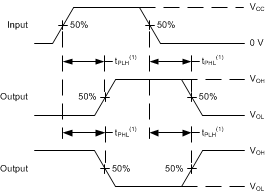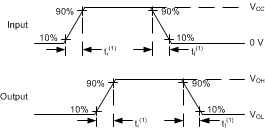To calculate the total reset time do I add the reset propagation time to the typical minimum reset pulse width? Then do I add the output transition time for the total reset operation?
-
Ask a related question
What is a related question?A related question is a question created from another question. When the related question is created, it will be automatically linked to the original question.




